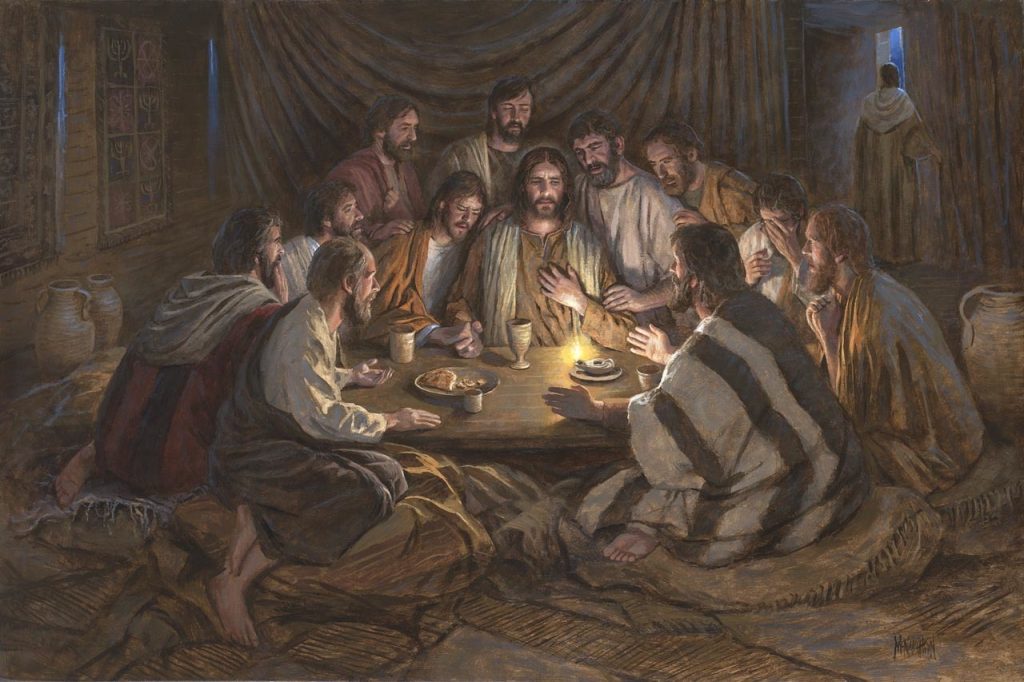

Understanding the Eucharist
PREPARING THE CHURCH FOR MASS
For the celebration of Mass the Priest uses special vessels, which are called sacred vessels.
Sacred vessels are the receptacles and utensils used in liturgical celebrations to hold the consecrated Body and Blood of Christ. These are the chalice, paten, and ciborium. The sacred vessels are to be treated with special care and reverence.
Precious metal is the preferred and best material to use for these items. The artistic style and design of the vessels may reflect the local region; however they should be designed in a way to make it apparent that they are indeed sacred vessels for liturgical purposes, not something for everyday use.
It may be necessary to have microphones on the altar, so that the assembly can clearly hear what the Priest is saying. Candles are required for all liturgical celebrations and should be placed either on or around the altar to suit the design of the altar and sanctuary and not interfere with the assembly’s view of what is taking place. There is also to be a cross, with the figure of Christ crucified upon it, either on the altar or near it, where it is clearly visible to those assembled.
The following lists the elements required for the celebration of the Mass and outlines their purpose.
CRUETS CONTAINING WATER AND WINE
The term cruet is another word that we don’t hear very often but it simply means the bottles or jugs that hold the water or wine that are carried to the altar at the Preparation of the Gifts.
The cruets are traditionally made of glass but other materials can be used.
When the Priest washes his hands during the preparation of the gifts he quietly says the words:
‘Wash me, O Lord, from my iniquity and cleanse me from my sin.’ This is a symbolic gesture on the part of the Priest as he prepares to pray the Eucharistic prayer.
For this reason the bowl and jug and towel used for the action should be large enough for the community to see. Even though the words are said quietly the action is rich symbolically.
ROMAN MISSAL
The Roman Missal is the book that holds all the prayers for the celebration of the Eucharist.
AMBO
The word Ambo is a Greek word that means step or elevated. The great importance of the Word of God in the scriptures proclaimed at each Eucharistic celebration means that there is a special place for this word to be read from. From the ambo only the readings, the responsorial Psalm, and the exulted (Easter Proclamation) are to be proclaimed; it may be used also for the giving of the homily and for announcing the intentions of the Prayers of the Faithful.
LECTIONARY
The Lectionary holds all the scripture readings used during the Liturgy of the Word.
PRESIDENTIAL CHAIR
The presidential chair is the Priest’s chair. From this chair the Priest presides or leads the people gathered in prayer. The Priest is often called the presider because all of the baptised ‘celebrate,’ and the role of leadership is one of coordinating the many ministers that assist with the celebration of the Eucharist.
FLOWERS
Flowers have traditionally been part of the decoration for the celebration of Eucharist and can enhance the celebrations of particular feasts and liturgical season and specific liturgical celebrations in the church like weddings.
During Advent the floral decorations of the altar should be very simple to suit the liturgical season, while for Christmas celebrations more flowers would express the joy of the Feast.
During Lent we are not to use flowers as this is a penitential season. The fourth Sunday of Lent Laetare Sunday and other Solemnities, and Feasts are an opportunity to use flowers as a sign of celebration and joy.
#ExpectGreatThings


© Infant Jesus School 2017
17 Smith St, Morley WA 6062
Tel: (08) 9276 1769 | Fax: (08) 9276 2998
Website by Chameleon Logic








